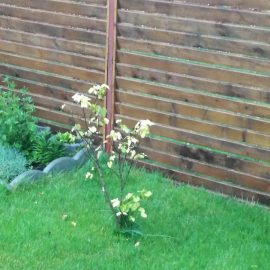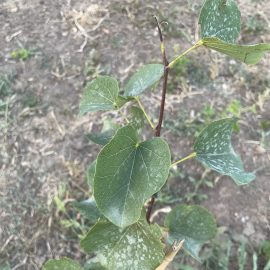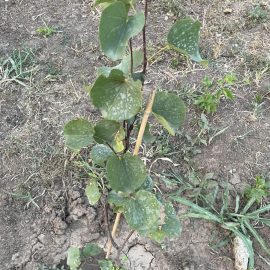Judas tree, planting guide and care work
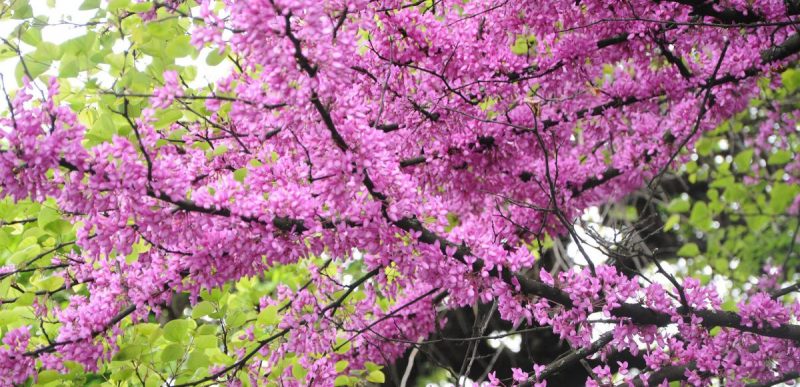
Judas tree (Cercis siliquastrum), is a dwarf tree species that is native to southern Europe and western Asia. It is part of the Leguminosae family and grows to a maximum of 12 m high and 10 m wide. It has an irregular stem and forms a wide, strongly branched crown. The leaves are broad, kidney-shaped, rounded. The flowers appear before the leaves, during April-May, and are brightly colored in pink-purple. These grow grouped in bouquets, on branches older than 1 year, and sometimes on the trunk. The fruits are small, black pods. The fruits stay on the plant until the cold season.
It is planted in parks and gardens, in solitary or in groups, and is appreciated for its flowers and nearly round leaves.
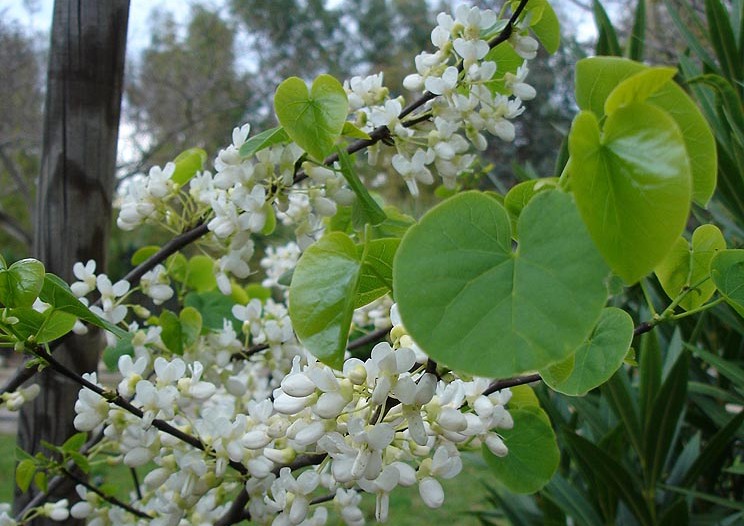
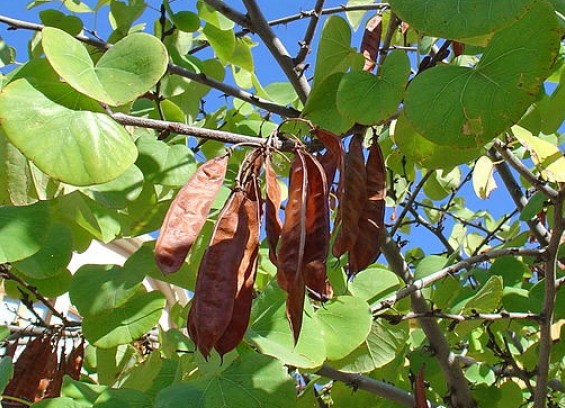
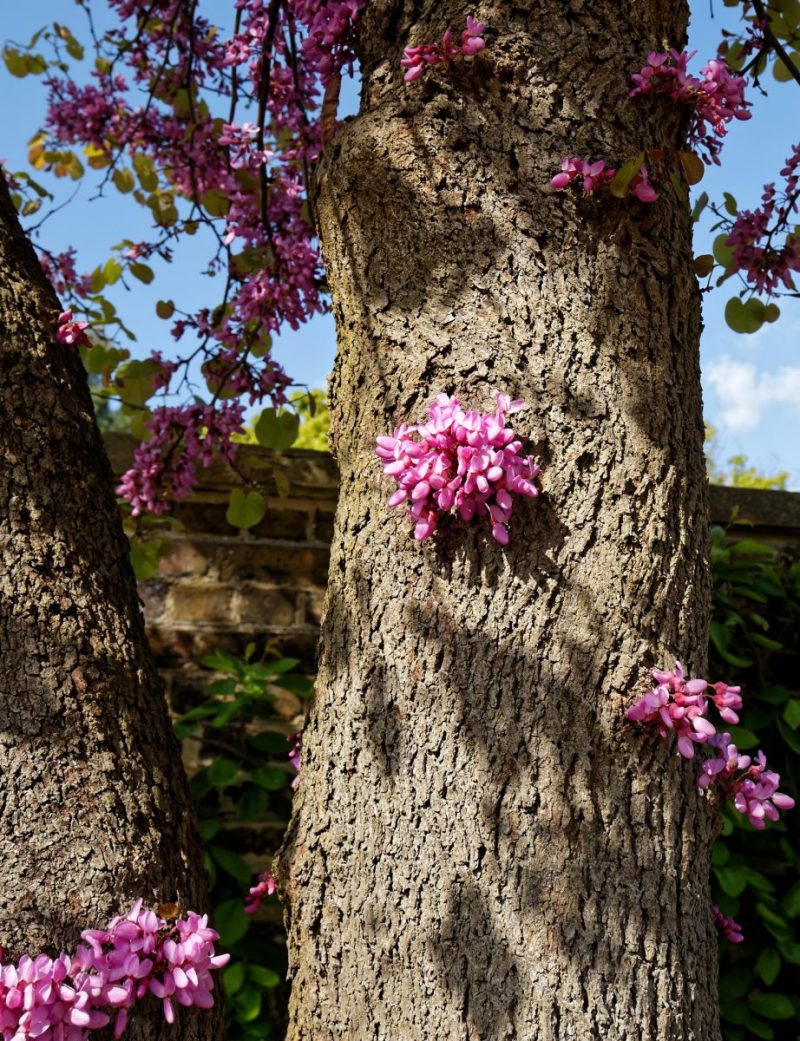
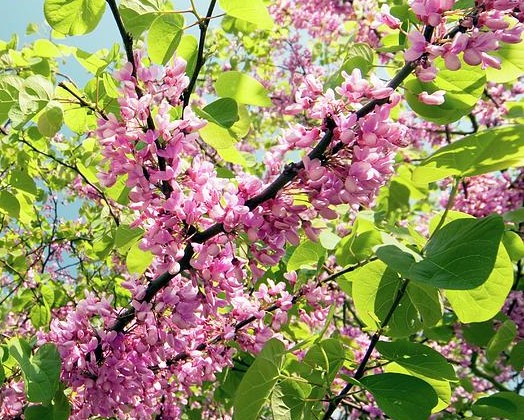
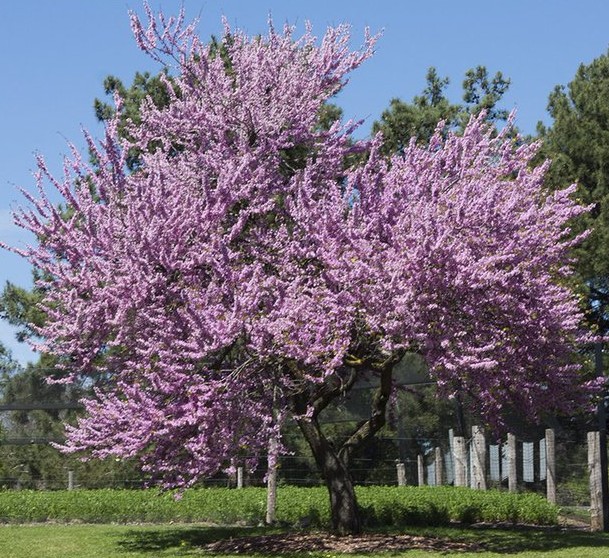
Species and varieties
Cercis siliquastrum is the most decorative species. It includes several varieties and cultivars:
- var. siliquastrum
- var. alba Weston
- var. hebecarpa
- “Alba” – forms white flowers.
- “Rubra” – dark purple flowers.
- “Variegata” – leaves embroidered with white.
- “White swan”- white flowers.
Cercis canadensis – a species native to North America, less decorative than C. siliquastrum. It forms light pink flowers, smaller in size.
Environmental conditions for Judas tree
The light. The Judas tree needs direct, strong light for optimal growth and flowering.
Temperature. C. Siliquastrum requires a milder climate as it is sensitive to frost and freeze damage. C. Canadiensis has a higher frost resistance.
Soil. The Judas tree needs light, well-drained soil. It is affected by calcareous soils.
Watering
It requires moderate watering only when the soil is dry. It manifests a slight resistance to drought.
Fertilization
To stimulate abundant growth and flowering, during the growing season, it is recommended to apply a specific fertilizer.
Recommended products
-
You can find products on a different store
Change Store -
You can find products on a different store
Change Store -
You can find products on a different store
Change Store -
You can find products on a different store
Change Store -
You can find products on a different store
Change Store -
You can find products on a different store
Change Store -
You can find products on a different store
Change Store -
You can find products on a different store
Change Store -
You can find products on a different store
Change Store -
You can find products on a different store
Change Store -
You can find products on a different store
Change Store -
You can find products on a different store
Change Store -
You can find products on a different store
Change Store -
You can find products on a different store
Change Store -
You can find products on a different store
Change Store -
You can find products on a different store
Change Store -
You can find products on a different store
Change Store -
You can find products on a different store
Change Store -
You can find products on a different store
Change Store -
You can find products on a different store
Change Store -
You can find products on a different store
Change Store -
You can find products on a different store
Change Store -
You can find products on a different store
Change Store -
You can find products on a different store
Change Store
Transplantation
It is sensitive to transplanting, therefore, this operation is recommended to be done with a root bale.
Diseases and pests
The pests that can affect Judas trees are different species of treehopper and scale insects. Diseases that can affect the tree are verticillium and open tree cancer (Nectria spp).
Planting
It can be done in spring or autumn, during the dormant season, at temperatures above 5°C, if the soil is not frozen and there is no freezing danger. Make sure you buy the planting material from authorized nurseries. The trees should be planted only with a root ball.
Propagation
The Judas tree can be propagated by seeds or by grafting.
- the seeds can be sown in spring or autumn;
- grafting can be done with root fragments, in greenhouses.
Furthermore:
- intensely fragrant flowers attract bees and bumblebees.














































































































































































































































































































































































































































